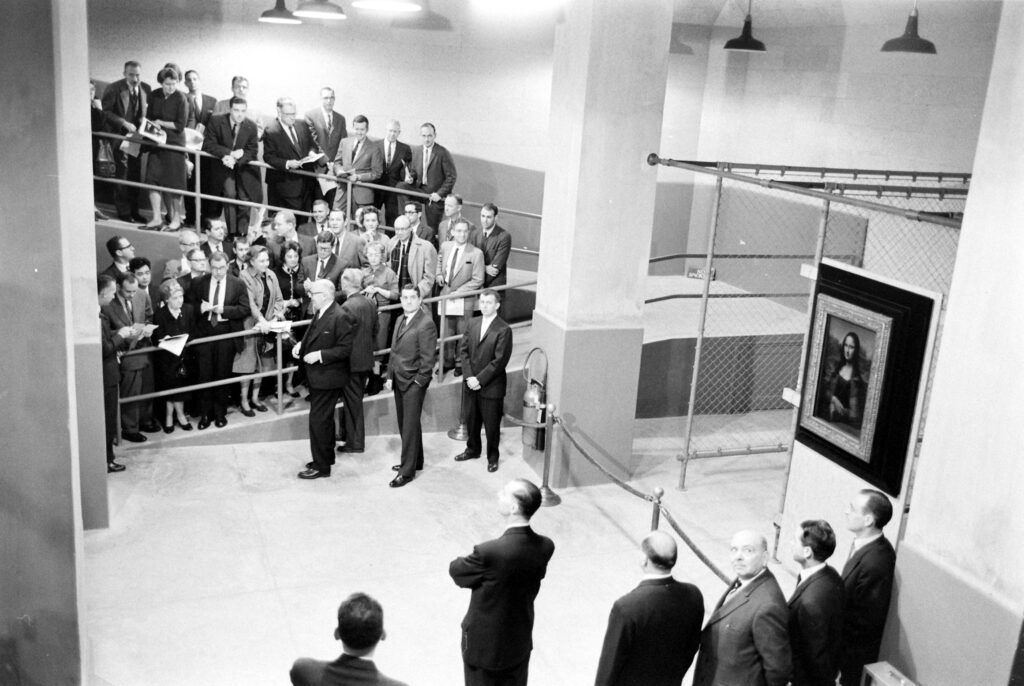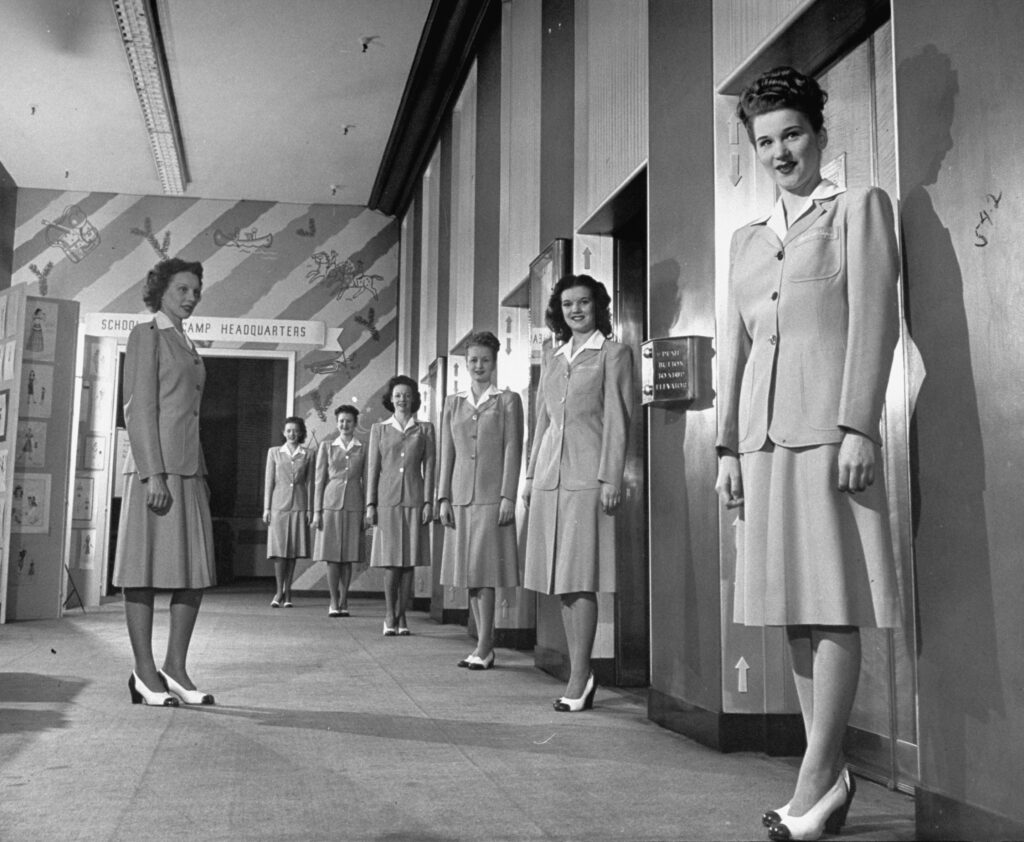Written By: Eliza Berman
When Jimmy Carter, who died on December 29, 2024 at the age of 100, stood before a crowd in Atlanta in January 1971, speaking to Georgians for the first time as their governor, he did not deliver the address that was expected of him. Rather than stick with the tone of his campaign—a tone largely adopted to win over the state’s white population—he made bold declarations against discrimination. Those declarations would set the tenor of the four years to come.
Carter had run a moderate campaign as a way of distancing himself from his more liberal Democratic opponent, Carl Sanders. Though he had taken a stand against racial discrimination in the past, refusing to join an organization of pro-segregation business owners and opposing literacy tests for voting, he stayed relatively quiet on civil-rights issues during the campaign.
Carter had learned the hard way—by losing to segregationist Lester Maddox in the 1966 race—that his hopes of winning a Georgia gubernatorial race required him to avoid alienating the significant percentage of the white population that still opposed integration. This time, he sought endorsements from segregationists and appeared only infrequently before groups of prospective black voters. He campaigned against busing as a means of integrating schools.
So when he stood before that crowd and declared, “I say to you quite frankly, the time for discrimination is over,” his message surprised both the pro-segregation forces that had supported him and the integrationists who had not. “No poor, rural, weak or black person should ever have to bear the additional burden of being deprived of the opportunity of an education, a job or simple justice,” he continued.
The speech to the legislature was the heart of LIFE’s story on Carter in its Jan. 29, 1971 issue. The speech helped the world begin to get to know the man who would be elected President of the United States in 1976.
In the LIFE article Julian Bond, a civil rights leader who was at that time a Georgia state legislator, expressed a wait-and-see attitude about Carter’s remarks. “Will he be good,” Bond said. “You’ve got to remember that good is a very relative term in this state.”
But Carter’s words were more than just an empty promise. During his term as governor, Carter increased the number of black employees in state government by 25%, appointing more minorities and women to state positions than all previous Georgia governors combined. He also hung a portrait of Martin Luther King Jr. in the statehouse, drawing protests from members of the Ku Klux Klan.
While some of these changes were more symbolic than tangible, they helped usher in what TIME would call the “New South,” with Carter on the magazine’s cover as its face. Six years later, he’d have the chance to address those issues with a much bigger crowd, as President of the United States.
Liz Ronk edited this gallery for LIFE.com. Follow her on Twitter @lizabethronk.

Jimmy Carter at age 45, when he was the newly elected governor of Georgia.
Stan Wayman The LIFE Picture Collection/Shutterstock

Jimmy Carter in 1971, when he was the newly elected governor of Georgia.
Stan Wayman The LIFE Picture Collection/Shutterstock

Jimmy Carter posed with a group of students, 1971.
Stan Wayman The LIFE Picture Collection/Shutterstock

In his capitol office, Carter met with Atlanta educator Nathaniel Ingram, who had brought a copy of a Human Relations Day proclamation for Carter to sign, 1971
Stan Wayman The LIFE Picture Collection/Shutterstock

At a joint session of the Georgia legislature, the new governor delivered his first budget message, as wife Rosalynn (center) and former Governor Lester Maddox, who had become lieutenant governor. The popular Maddox was prevented by law from running for a second term.
Stan Wayman The LIFE Picture Collection/Shutterstock

Jimmy Carter in his first month as governor of Georgia, 1971.
Stan Wayman The LIFE Picture Collection/Shutterstock

Jimmy Carter and his wife Rosalynn, 1971.
Stan Wayman The LIFE Picture Collection/Shutterstock

Carter and his wife Rosalynn watched their daughter Amy at play, 1971.
Stan Wayman The LIFE Picture Collection/Shutterstock

Jimmy Carter and his wife Rosalynn, 1971.
Stan Wayman The LIFE Picture Collection/Shutterstock

Jimmy Carter and daughter Amy, 1971.
Stan Wayman The LIFE Picture Collection/Shutterstock

Jimmy Carter played with his daughter Amy, 1971.
Stan Wayman The LIFE Picture Collection/Shutterstock

Jimmy Carter posed for a portrait with his family, 1971.
Stan Wayman The LIFE Picture Collection/Shutterstock

Jimmy Carter kissed his wife Rosalynn, 1971.
Stan Wayman The LIFE Picture Collection/Shutterstock





















